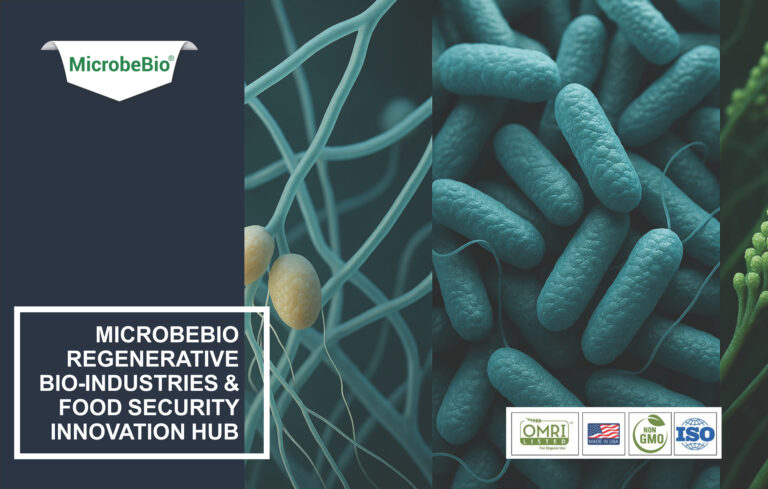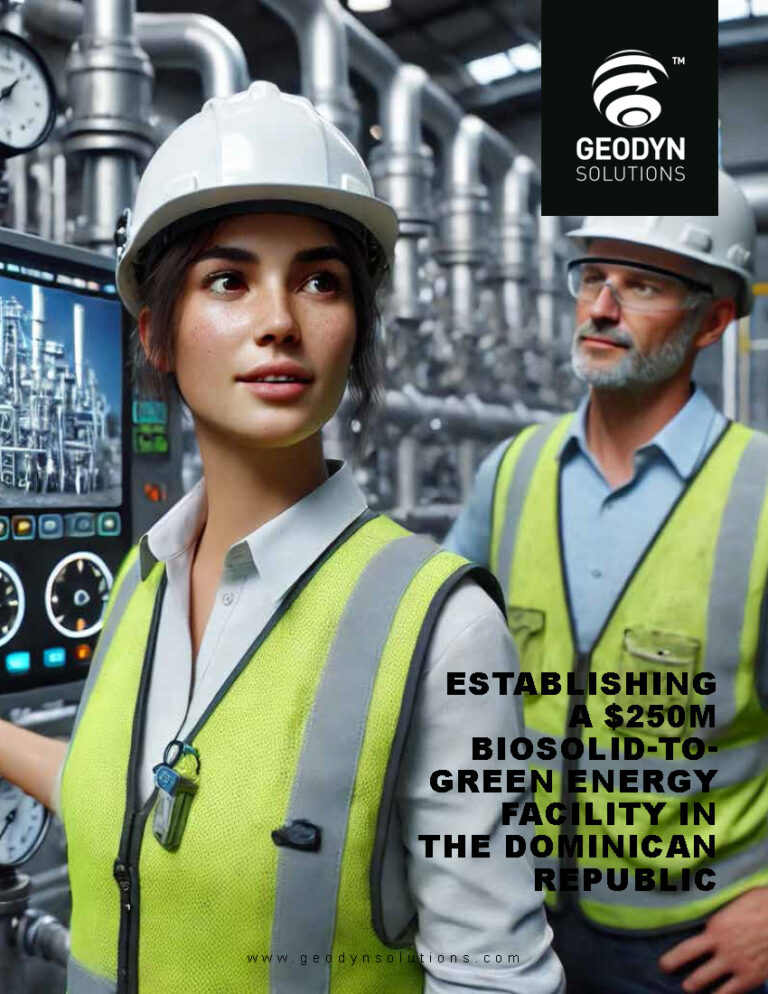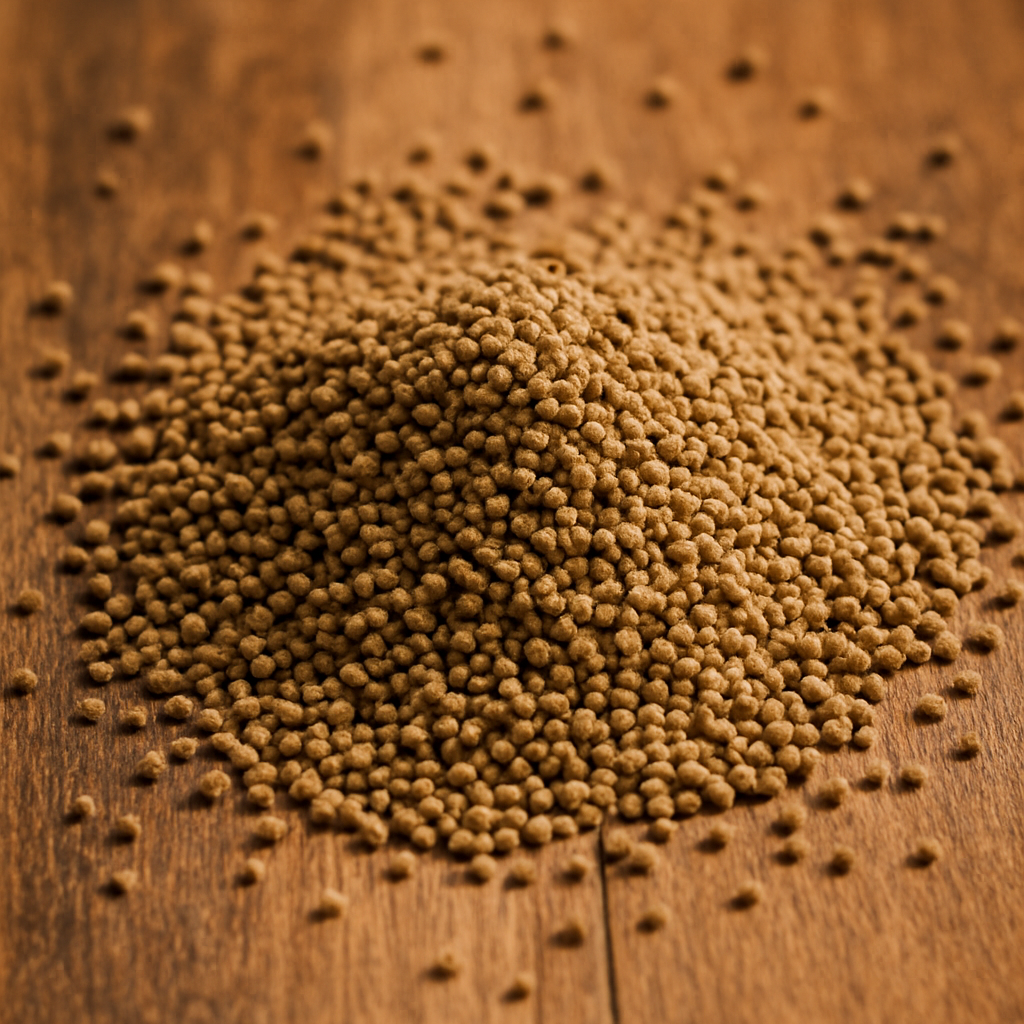Prompt for Geodyn Solutions Proposal: Self-Sustaining Project Network in the Dominican Republic
You are tasked with creating a comprehensive proposal for Geodyn Solutions to invest $100 million, including a 15% contingency ($15 million), in a network of interconnected, self-sustaining projects in the Dominican Republic. The goal is to build a scalable, environmentally sustainable ecosystem that maximizes profitability, job creation, and local resource utilization while minimizing reliance on external inputs. The proposal must leverage cutting-edge technologies, focus on reducing waste, and create valuable commodities such as feed, biofertilizers, biopesticides, bioplastics, and renewable energy. Below are the detailed requirements and guidelines for the proposal.
Project Objectives
- Investment: Utilize a total budget of $100 million, with $15 million (15%) allocated as a contingency, leaving $85 million for direct project implementation.
- Self-Sustainability: Design a network of projects that work synergistically, relying minimally on external resources and using local waste streams (e.g., sugarcane waste, fish waste, agricultural waste, tires, organic trash) as inputs.
- Environmental Impact: Prioritize sustainability by reducing waste, using renewable energy, and producing eco-friendly products such as biofertilizers, biopesticides, bioplastics, and biodegradable packaging.
- Economic Impact: Maximize return on investment (ROI), create jobs, and ensure scalability as profits are reinvested. Once the initial $100 million investment is repaid, allocate profits as follows: 30% withdrawn yearly for repayment reserve, 30% withdrawn for profit distribution, and the remaining 40% reinvested to grow the project.
- Local Resource Utilization: Leverage local agricultural waste, land, and cooperative farming models to secure raw materials.
Key Project Components
The proposal must include the following interconnected projects, with a focus on their integration and self-reliance:
-
Shrimp Farms with Processing and Packaging:
- Establish shrimp farms for local consumption and export.
- Include a processing center for cleaning, packaging, and freezing shrimp.
- Develop eco-friendly packaging (e.g., using hemp/kenaf-based bioplastics or composites).
- Use waste from shrimp processing (e.g., shells) for biofertilizers, biopesticides, or feed production.
-
Feed Factories:
- Produce high-protein feed using black soldier fly (BSF) larvae, insect farms, seaweed, algae, hemp, or kenaf seeds.
- Minimize reliance on external feed ingredients by using project waste (e.g., shrimp shells, agricultural waste) and locally sourced materials.
- Supply feed to shrimp farms and local markets, ensuring cost efficiency and sustainability.
-
Biofertilizer and Biopesticide Production:
- Develop facilities to produce biofertilizers, biopesticides, and fungicides using microbes, mycorrhiza, and local waste streams (e.g., sugarcane waste, fish waste, biochar from pyrolysis).
- Use these products to enhance hemp, kenaf, and shrimp farm productivity while reducing chemical inputs.
-
Hemp and Kenaf Cultivation:
- Grow hemp or kenaf for seeds (for feed and protein) and fiber (for eco-friendly products).
- Produce environmentally friendly paper, cardboard, to-go boxes, utensils, textiles, bioplastics, and composites from hemp/kenaf fiber.
- Use biofertilizers and biopesticides from the project to support cultivation.
-
Renewable Energy Systems:
- Implement solar power and pyrolysis systems to generate electricity and heat.
- Use agricultural waste, hemp/kenaf residues, tires, and organic trash (if obtainable from government sources) as feedstock for pyrolysis.
- Employ Organic Rankine Cycle (ORC) systems and heat recovery boilers to maximize energy efficiency.
- Ensure energy systems power all project operations and are scalable over time.
Specific Requirements
- Project Prioritization: Recommend which project to start first based on the highest ROI, scalability, and foundational role in supporting other projects. Justify the choice with data on market demand, setup costs, and revenue potential.
- ROI Analysis: Compare the ROI of purchasing power (e.g., from the grid) versus creating power (e.g., via solar and pyrolysis). Provide a cost-benefit analysis, including initial investment, operational costs, and long-term savings.
- Profit Allocation and Scalability: Outline a phased approach to scale up operations as profits are generated. Specify how, after repaying the initial $100 million investment, 30% of yearly profits will be withdrawn for a repayment reserve, 30% for profit distribution, and 40% reinvested to expand project components (e.g., additional shrimp farms, hemp fields, or energy capacity).
- Job Creation: Estimate the number of jobs created at each phase, including roles in farming, processing, manufacturing, and energy production. Highlight opportunities for local employment and skill development.
- Operational Costs: Provide a breakdown of operational costs for each project component, including maintenance, labor, and raw material sourcing. Suggest strategies to minimize costs through waste recycling and energy efficiency.
- Raw Material Sourcing: Propose whether to purchase land or partner with farm cooperatives for raw materials (e.g., sugarcane waste, agricultural residues). Evaluate the cost, availability, and reliability of each option.
- Environmental Impact: Quantify the reduction in waste, carbon footprint, and chemical usage. Highlight how the project promotes sustainability through circular economy principles (e.g., converting waste into feed, energy, or bioplastics).
- Self-Reliance: Detail how the projects integrate to reduce external dependencies. For example, explain how shrimp waste feeds BSF larvae, which produce feed for shrimp farms, and how pyrolysis biochar enhances soil fertility for hemp/kenaf.
Cutting-Edge Technologies
Incorporate the following advanced technologies to ensure efficiency and competitiveness:
- Precision Agriculture: Use IoT sensors, drones, and AI for monitoring shrimp farms, hemp/kenaf fields, and soil health.
- Biotechnology: Employ microbial fermentation and mycorrhizal inoculation for biofertilizer and biopesticide production.
- Advanced Pyrolysis: Use modern pyrolysis units with ORC and heat recovery for efficient energy production from diverse feedstocks.
- Bioplastics Manufacturing: Implement scalable processes for producing hemp/kenaf-based bioplastics and composites.
- Automation: Integrate automated systems for shrimp processing, feed production, and packaging to reduce labor costs and improve quality.
Timeline
- Provide a detailed timeline for project implementation, spanning 5–10 years.
- Break down the timeline into phases (e.g., Phase 1: Initial setup of shrimp farms and feed factories; Phase 2: Expansion of hemp/kenaf cultivation and energy systems).
- Specify milestones for each phase, including construction, production start, revenue generation, and repayment of the initial investment.
- Incorporate the profit allocation strategy (30% repayment reserve, 30% profit distribution, 40% reinvestment) into the timeline once the initial investment is repaid.
- Ensure the timeline maximizes the $100 million budget, with $15 million reserved for contingency, while allowing for scalability.
Deliverables
The proposal should include:
- Executive Summary: A concise overview of the project network, its goals, and expected outcomes.
- Project Descriptions: Detailed explanations of each project component (shrimp farms, feed factories, biofertilizers, hemp/kenaf, renewable energy), including technologies, processes, and integration.
- Financial Analysis: Budget allocation within the $100 million (including $15 million contingency), ROI projections, and operational cost estimates for each project. Include a comparison of purchasing vs. creating power and a detailed plan for profit allocation (30% repayment reserve, 30% profit distribution, 40% reinvestment) after initial investment repayment.
- Sustainability Metrics: Quantified environmental benefits (e.g., waste reduction, carbon savings) and self-reliance strategies.
- Scalability Plan: A phased approach to reinvesting 40% of profits and expanding operations.
- Job Creation Estimates: Number of jobs created per phase and their impact on the local economy.
- Timeline: A clear, phased timeline with milestones, including profit allocation post-repayment.
- Risk Assessment: Identify potential risks (e.g., market fluctuations, regulatory challenges) and mitigation strategies.
- Recommendations: Justify the choice of the first project to start, supported by ROI and scalability analysis.
Guidelines
- Tone: Professional, data-driven, and persuasive, suitable for investors and stakeholders.
- Length: Comprehensive but concise, approximately 20–30 pages.
- Format: Well-structured with clear headings, tables, and charts for financial and environmental data.
- Data Sources: Use credible market research, industry reports, and case studies to support claims. If real-time data is needed, conduct web searches or analyze relevant posts on X.
- Local Context: Tailor the proposal to the Dominican Republic’s climate, agricultural sector, and economic conditions. Consider local waste availability (e.g., sugarcane bagasse) and government incentives for renewable energy or sustainable agriculture.
- Profit Allocation Clarity: Clearly explain how the 30% repayment reserve, 30% profit distribution, and 40% reinvestment will be managed, including accounting mechanisms and reinvestment priorities.
- Budget Clarity: Emphasize that the $100 million budget includes the $15 million contingency, with detailed breakdowns of how the $85 million operational budget and $15 million contingency will be allocated.
Example Questions to Address
- Why is the recommended first project (e.g., shrimp farms) the best starting point in terms of ROI and ecosystem integration?
- How will the project network achieve self-reliance by recycling waste and producing its own inputs?
- What are the comparative advantages of solar vs. pyrolysis for energy production in this context?
- How will partnerships with farm cooperatives reduce costs and ensure a steady supply of raw materials?
- How will the profit allocation strategy (30% repayment reserve, 30% profit distribution, 40% reinvestment) support long-term growth and financial stability?
- How will the $15 million contingency be managed to address potential risks while maximizing the $85 million operational budget?
- What are the expected environmental benefits, such as tons of waste diverted or CO2 emissions reduced?




